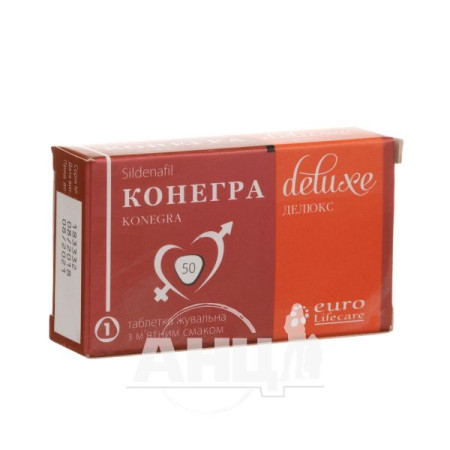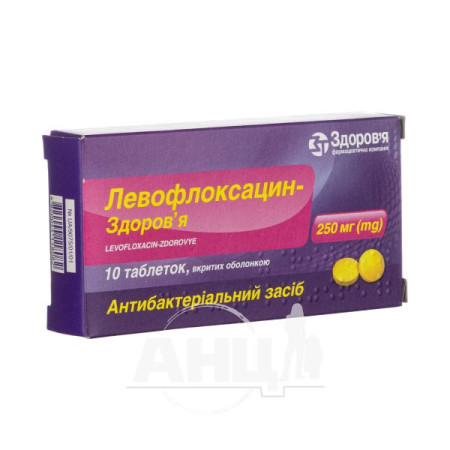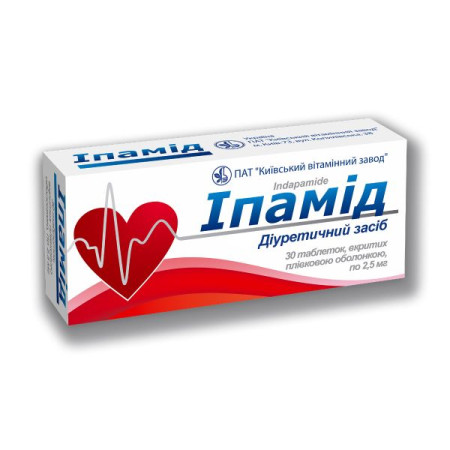Refordez-Novopharm solution for infusions 6% bottle 400 ml

Refordez-Novopharm infusion solution is used to treat hypovolemia caused by acute blood loss, in cases where the use of crystalloids alone is considered insufficient.
Composition
The active substance is hydroxyethyl starch (1 ml of solution contains hydroxyethyl starch (HEC) 60 mg).
Excipients: sodium chloride, water for injections.
Contraindication
Hypersensitivity to the active substance or to any component of the drug; sepsis; burns; renal failure or renal replacement therapy; intracranial or cerebral hemorrhage; critical condition of patients; severe liver dysfunction; severe coagulopathy; congestive heart failure; hyperhydration, including pulmonary edema; dehydration states when correction of water and electrolyte balance is required; hypervolemia; hypokalemia, severe hyperchloremia, severe hypernatremia; condition after organ transplantation; children's age; I trimester of pregnancy.Method of application
Dosage recommendations for the prevention and treatment of hypovolemia and hypovolemic shock
DEC should be used at low effective doses for a short period of time. Treatment should be accompanied by hemodynamic monitoring and should be discontinued as soon as appropriate hemodynamic parameters are achieved.
Unless otherwise prescribed, the drug is administered as an infusion in accordance with the volume of blood required for replacement. Due to possible anaphylactic reactions, the first 10-20 ml of the drug "Refordez-Novopharm" should be administered slowly, carefully monitoring the patient's condition. The risk of overloading the circulatory system with too rapid administration and too high a dose should be taken into account. The daily dose and infusion rate depend on the amount of blood loss and the hematocrit. For young patients who are not at risk of cardiovascular or pulmonary complications, a hematocrit of 30% is considered the limit value for cases when the use of colloidal plasma substitutes is necessary.
Maximum daily dose. The therapeutic limit is determined by the dilution effect. Control figure: maximum approximately 2 g HEC/kg body weight (corresponding to approximately 33 ml/kg body weight). Usually infuse 500 to 1000 ml per day.
Maximum infusion rate: Depending on hemodynamic status, up to 20 ml/kg body weight per hour.
Dosage recommendations for therapeutic blood thinning (hemodilution)
Hemodilution can be performed under conditions of isovolemia (accompanied by bloodletting) or hypervolemia (without bloodletting).
Daily dose and infusion rate:
low dose - 1 × 250 ml/day for 0.5-2 hours; medium dose - 1 × 500 ml/day for 4-6 hours; high dose - 2 × 500 ml/day for 8-24 hours.Method and duration of administration. Method of administration - intravenous infusion. The duration of treatment depends on the patient's condition and the degree of hypovolemia.
During treatment with Refordez-Novopharm, it is necessary to ensure that the patient's body receives a sufficient amount of fluid.
Note: The relationship between dose and incidence of pruritus has been described in otoneurological diseases such as severe hearing loss, tinnitus. In these diseases, it is recommended to limit the dose to 500 ml/day to reduce the incidence of pruritus.
Application features
Pregnant women
The safety of DEC when used during pregnancy has not been studied. The solution for infusion is contraindicated in the first trimester of pregnancy, and in the second and third trimesters the drug can be used only for vital indications, when, in the opinion of the doctor, the expected benefit of the drug for the mother outweighs the potential risk to the fetus.
Since there is no information on whether DEC passes into breast milk, caution should be exercised when prescribing this drug to women who are breastfeeding.
Children
The drug should not be used in children.
Overdose
Acute overdose may lead to hypervolemia. In such cases, the infusion should be stopped immediately and, if necessary, a diuretic should be administered. In case of overdose, an increased risk of bleeding cannot be excluded.
Side effects
The frequency of adverse reactions is defined as follows: very common (≥ 1/10), common (≥ 1/100 to <1/10), uncommon (≥ 1/1000 to <1/100), rare (≥ 1/10,000 to <1/1000), very rare (<1/10,000), not known (cannot be estimated from available data).
Blood and lymphatic system disorders:
very often - decrease in hematocrit and plasma protein concentration due to blood thinning; often (depending on the dose administered) - relatively high doses of DEC cause thinning of the concentration of clotting factors and, thus, can affect blood clotting; bleeding time may increase; however, no effect on platelet function has been detected, and there are no clinically significant bleedings; in case of rapid administration or administration of a large dose of the drug, a rapid increase in circulating blood volume is possible.From the hepatobiliary system: unknown - liver damage.
Additional research methods: very often - after infusion of the drug, the level of amylase in the blood increases significantly, this should not be considered as a sign of pancreatic dysfunction; hyperamylasemia is due to the formation of the DEC-amylase complex, which is excreted by the kidneys quite slowly.
From the kidneys and urinary tract:
rarely - there have been reports of cases of pain in the lumbar region, in such cases the infusion should be stopped, ensure sufficient fluid intake in the patient's body and carefully monitor the level of creatinine in the blood; unknown - kidney damage.On the part of the immune system: very rarely - anaphylactic reactions of varying severity.
Storage conditions
Store in the original packaging at a temperature not exceeding 25 °C, out of the reach of children. Do not freeze.
Shelf life - 3 years.
There are no reviews for this product.
There are no reviews for this product, be the first to leave your review.
No questions about this product, be the first and ask your question.













